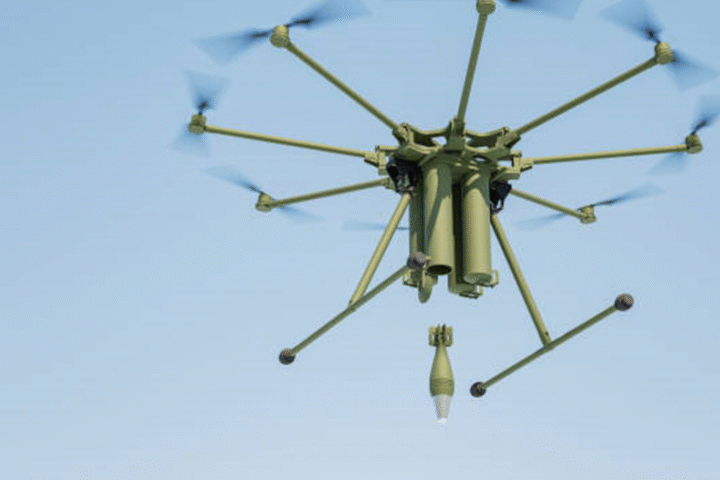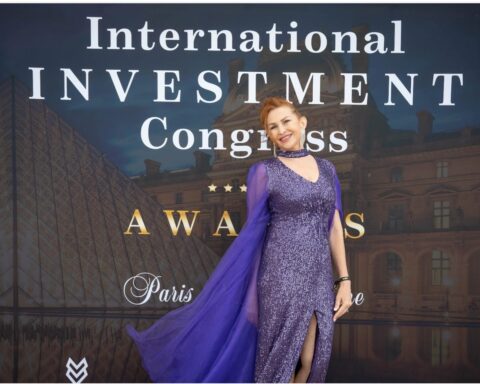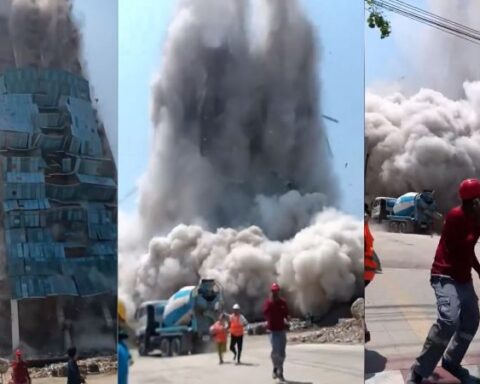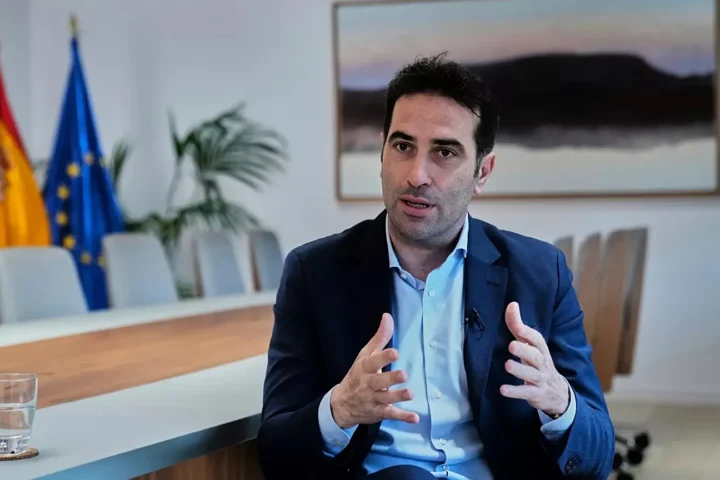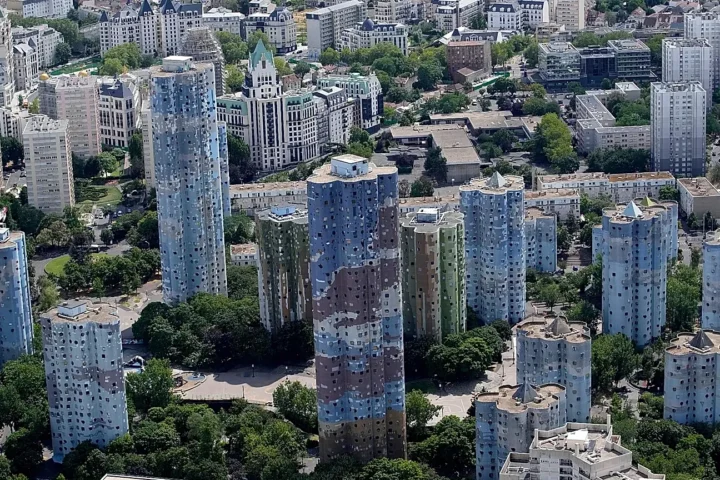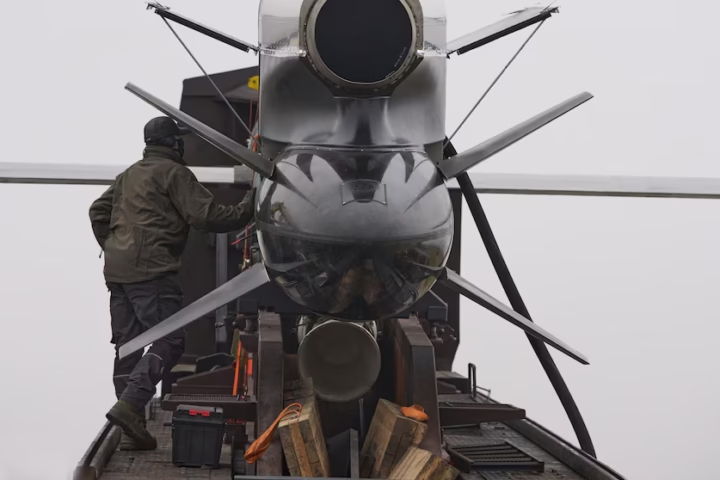Once considered an isolated and inhospitable landscape, the Arctic is now emerging as a promising real estate market. With rising interest in sustainable living, luxury eco-tourism, and climate-conscious investments, the Arctic is attracting developers and high-net-worth individuals looking for exclusive, nature-immersed properties. As accessibility improves and demand for unique real estate grows, the Arctic could soon become one of the world’s most sought-after investment destinations.
Why Investors Are Eyeing Arctic Real Estate
The Arctic spans across nations like Canada, Finland, Norway, Sweden, Greenland, and Russia, offering breathtaking scenery and untouched land. While extreme weather conditions and logistical challenges once deterred development, changing consumer preferences, government incentives, and infrastructure expansion are creating new opportunities for investors.
Luxury seekers, sustainability advocates, and adventure tourism operators see Arctic real estate as an untapped market with significant growth potential. Whether for eco-friendly resorts, off-grid retreats, or private sanctuaries, the Arctic is redefining what premium property investment looks like.
Tourism Fuels Demand for High-End Properties
Arctic tourism is booming, with destinations such as Norway’s Svalbard, Finland’s Lapland, and Canada’s Yukon experiencing record-breaking visitor numbers. Tourists are increasingly seeking experiences that blend adventure with exclusivity—whether it’s witnessing the Northern Lights, embarking on Arctic wildlife safaris, or staying in high-end lodges in the middle of pristine landscapes.
As a result, the demand for luxury accommodation is soaring. Investors are financing premium Arctic hotels, glass-roofed cabins, and wellness retreats that offer remote yet comfortable stays. Properties designed for winter tourism—such as heated glass igloos and sustainable lodges—are particularly lucrative, generating significant returns during peak travel seasons.
Sustainability: The Cornerstone of Arctic Development
Eco-conscious investment is driving Arctic real estate expansion. Developers are prioritizing sustainability, utilizing carbon-neutral materials, solar energy, and off-grid technology to minimize environmental impact. Green building initiatives are not just a regulatory necessity but also a major selling point for investors and buyers who want to align with environmental responsibility.
Innovative projects include floating eco-lodges, energy-efficient homes designed for extreme climates, and self-sustaining cabins that leave minimal carbon footprints. These developments appeal to a new generation of investors who seek both exclusivity and sustainability in their real estate portfolios.
Infrastructure Growth Enhancing Accessibility
Increased government investment in Arctic infrastructure is making these remote areas more accessible. Finland’s Lapland has expanded its international flight network, Norway is upgrading Arctic rail and ferry services, and Canada is investing in better roads and air travel connections to the northern territories.
Improved accessibility is fueling both tourism and long-term investment potential, making Arctic properties more viable for year-round occupancy. As transportation links strengthen, Arctic real estate will become an even more attractive investment opportunity.
Luxury Arctic Living: A Rising Trend
Beyond tourism, the Arctic is becoming a retreat for high-net-worth individuals seeking privacy and exclusivity. Wealthy buyers are purchasing private islands, custom-built chalets, and ultra-modern lodges set in dramatic fjords and snow-covered landscapes. These properties offer a level of seclusion and tranquility unmatched by any other luxury real estate market.
From state-of-the-art smart homes built for Arctic conditions to minimalist, glass-encased sanctuaries designed for immersive nature experiences, Arctic luxury real estate is pushing the boundaries of modern design and remote living.
Challenges and Market Considerations
Investing in Arctic real estate comes with challenges, including harsh climate conditions, environmental regulations, and logistical difficulties. Strict laws on sustainability and land use must be carefully navigated, and construction requires specialized materials and techniques to withstand extreme weather.
However, investors who successfully adapt to these challenges will position themselves at the forefront of a market that is still in its early stages but holds enormous potential for long-term growth.
The Arctic as the Next Major Investment Hotspot
With sustainability, luxury, and adventure tourism converging, the Arctic is no longer just a remote wilderness—it’s an evolving real estate frontier. As infrastructure continues to improve and demand for eco-friendly, high-end living grows, the Arctic has the potential to become a top-tier investment destination.
For forward-thinking investors, entering the Arctic real estate market now means securing a stake in a region that is set to redefine luxury, sustainability, and exclusive living in the years to come.






